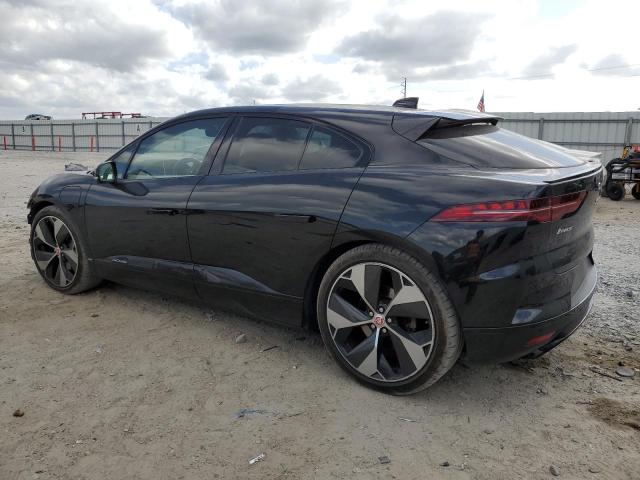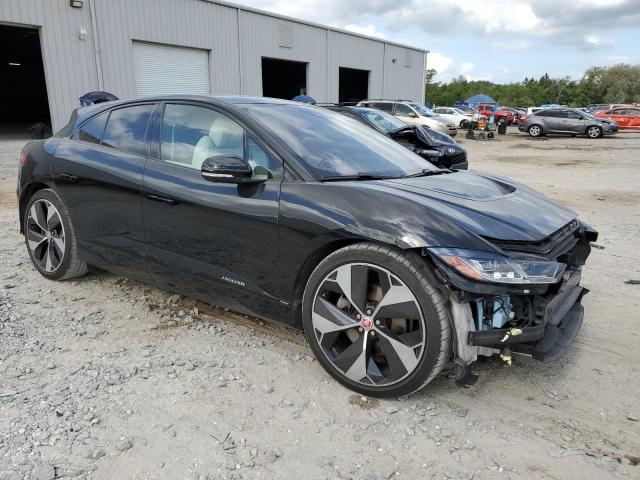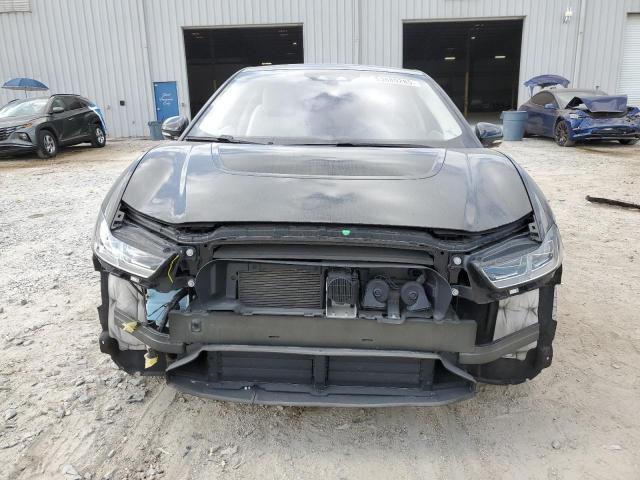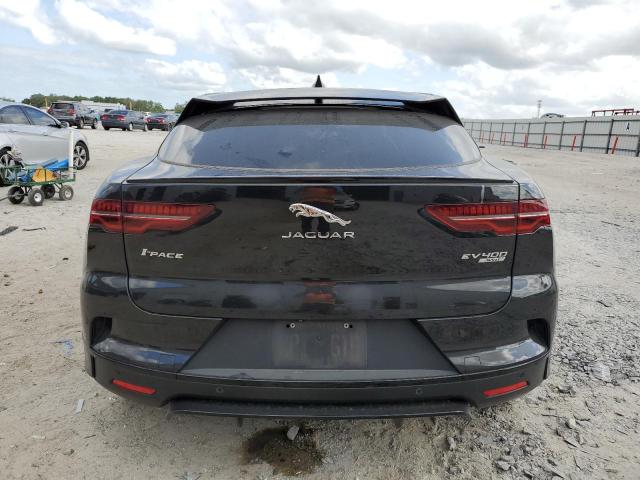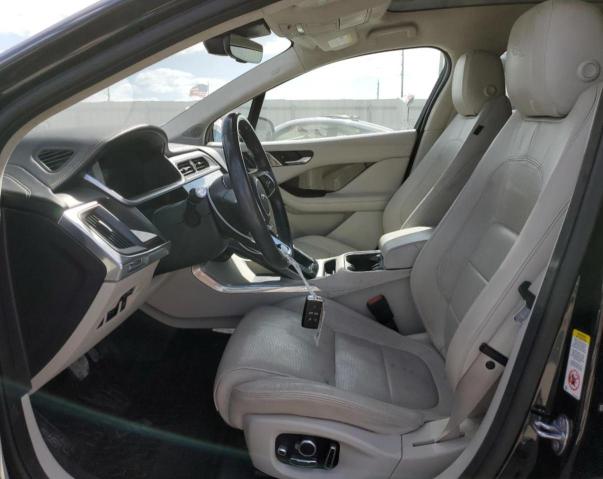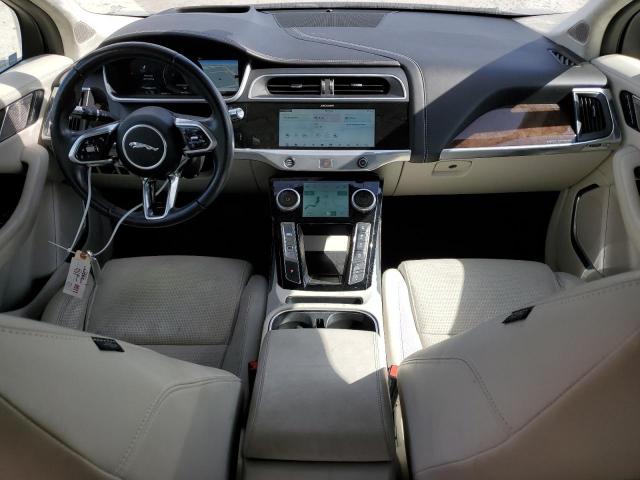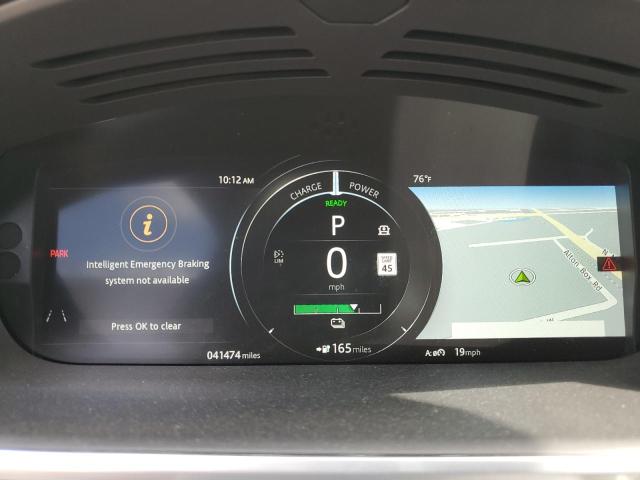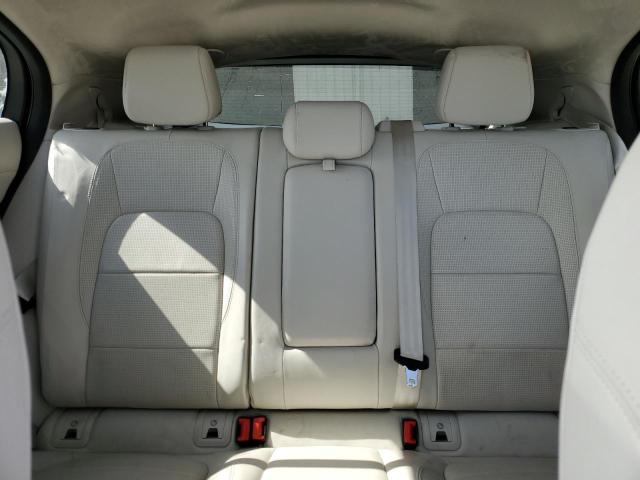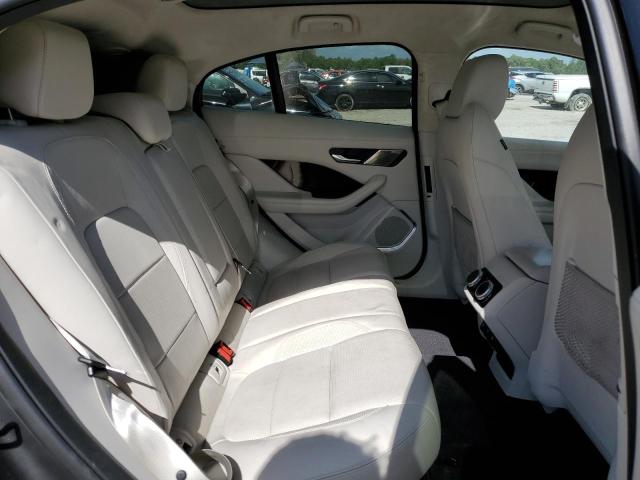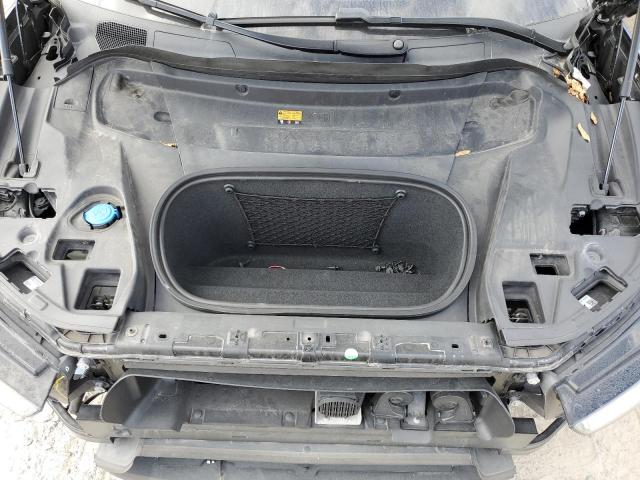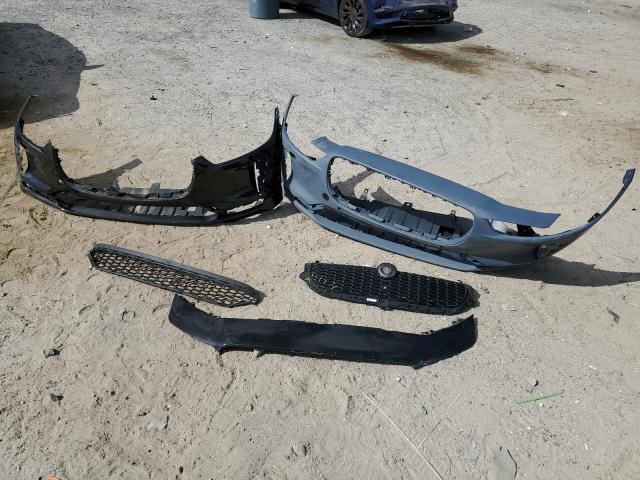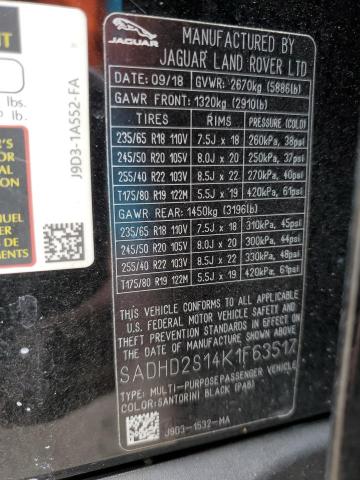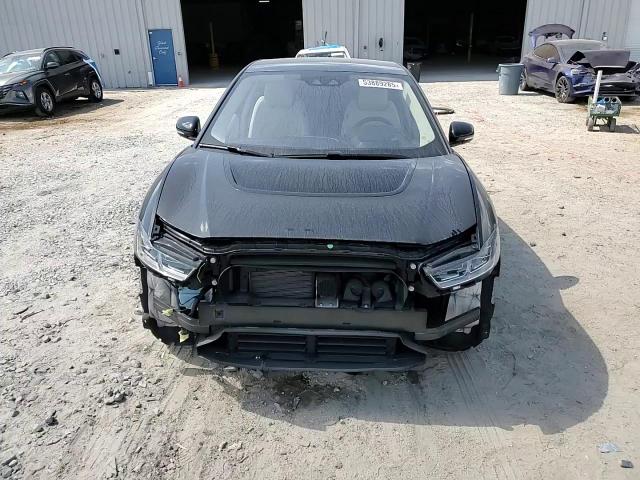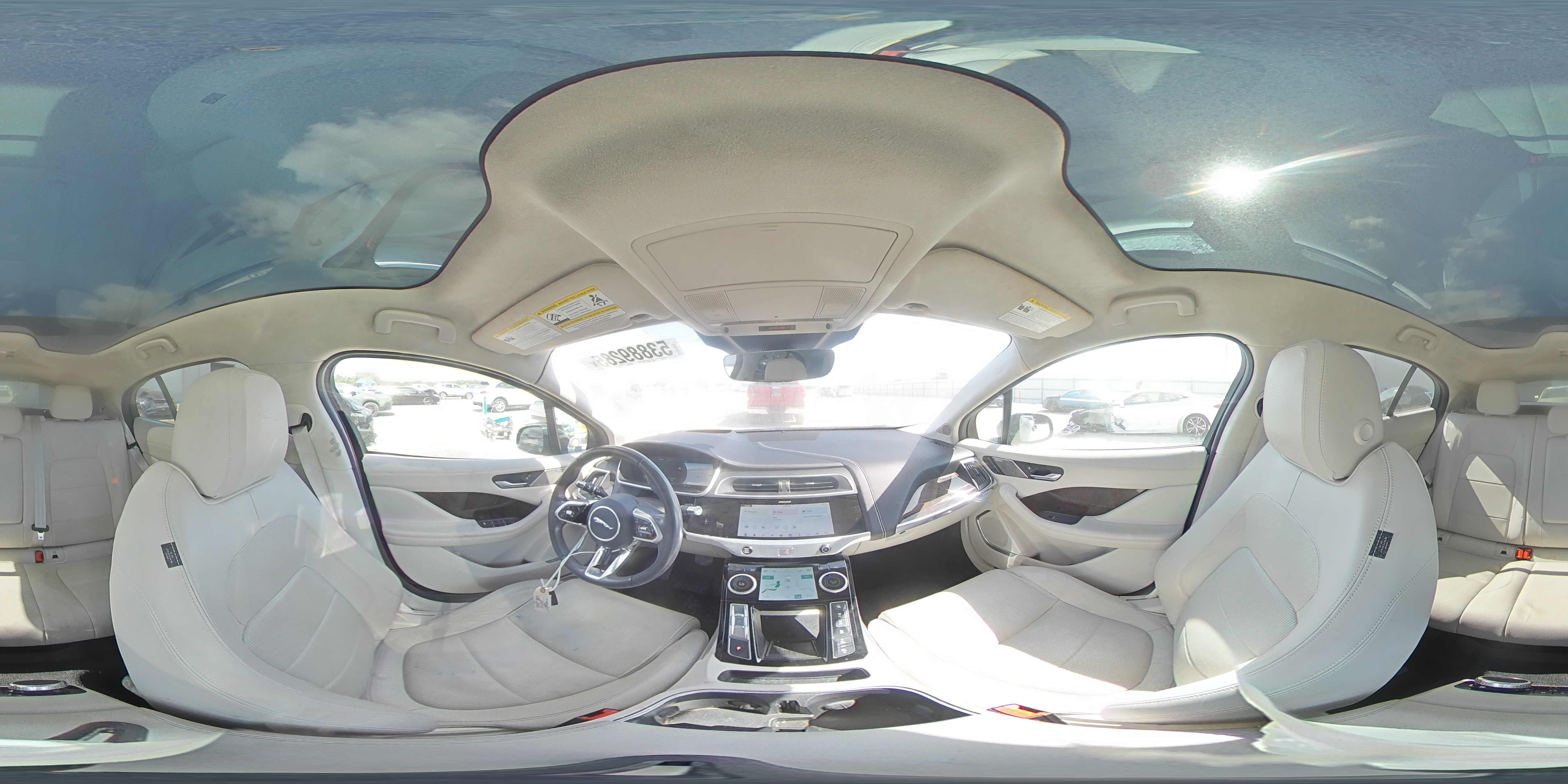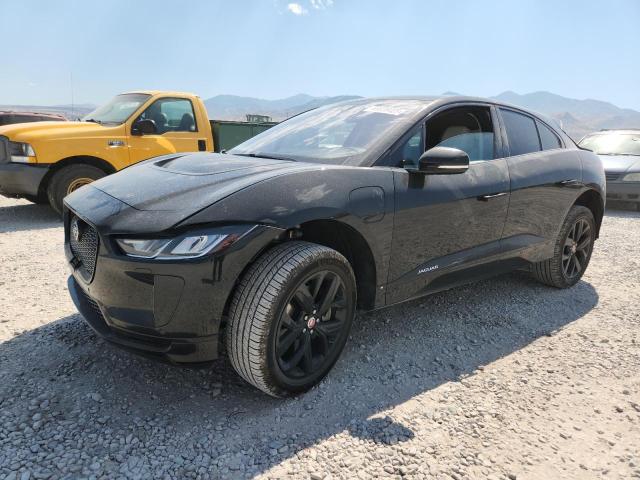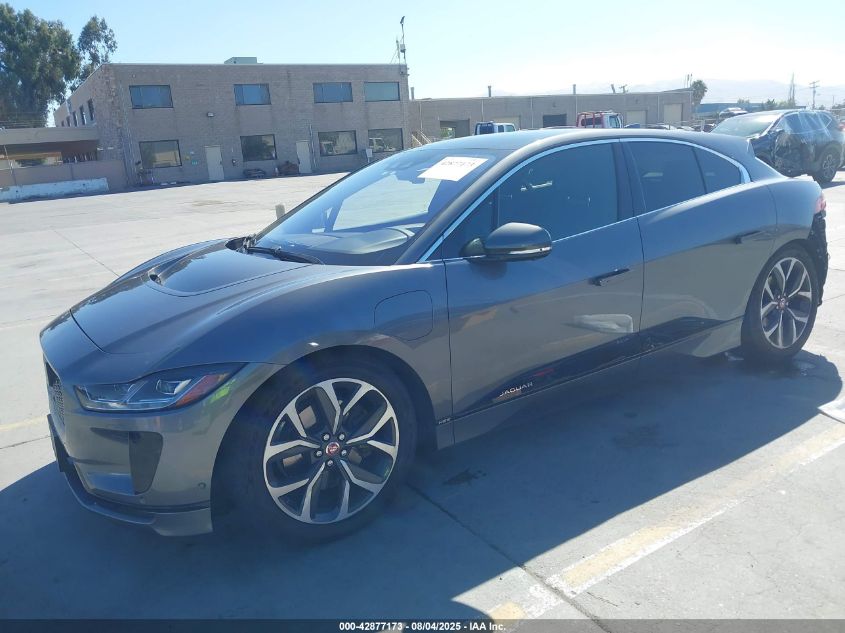2019 JAGUAR I-PACE | SADHD2S14K1F63517
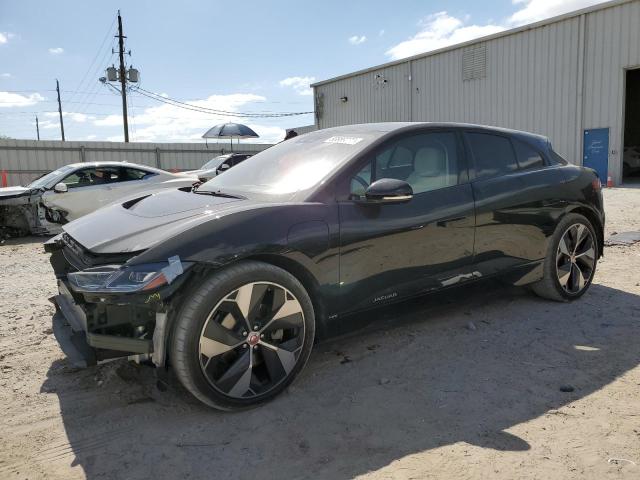 ❯
❯Lot details
- Sale Date2025-06-09
- Lot Number53889285
- Sale documentFL - CERTIFICATE OF DESTRUCTION
- LocationFL - JACKSONVILLE NORTH
- Odometer41,474 miles (66,746 km)
- Primary DamageFRONT END
Vehicle specifications
1
~$75,000
Engine: Dual electric motors (Front: 147 kW, Rear: 147 kW)
Torque: 696 Nm
0–100 km/h: ~4.8 s
The Jaguar I-Pace was one of the first luxury electric vehicles to combine real-world usability with sports car-like dynamics. Powered by two electric motors producing a combined 400 horsepower and 696 Nm of torque, the I-Pace accelerates from 0 to 100 km/h in 4.8 seconds—rivaling many performance sedans. With its low center of gravity thanks to the underfloor 90 kWh battery pack and near 50:50 weight distribution, the I-Pace offers agile handling and responsive steering rarely found in electric SUVs.
Jaguar engineered the I-Pace with a bespoke aluminum architecture and double-wishbone front suspension, paired with optional air suspension and adaptive dynamics. The result is an EV that glides over uneven roads yet sharpens up in corners when pushed, with minimal body roll and composed ride quality. The regenerative braking is finely tuned, allowing for intuitive one-pedal driving that doesn’t interfere with chassis balance.
Unlike many early EVs, the I-Pace was built to be fun, not just efficient. It was developed at the Nürburgring, tested on ice, and honed on city streets—all to ensure it could deliver on Jaguar’s "grace, space, and pace" promise in a new electric era. The I-Pace isn’t the fastest or most powerful EV today, but it still feels sporty, planted, and eager—a true driver’s crossover wrapped in futuristic quietude.
Final Bid Jaguar I-pace (2019)
$11,600
$18,013
$35,750
Body Styles
The I-Pace is a five-door, five-seat crossover SUV with coupe-like design elements. It features a cab-forward silhouette with a short hood, long wheelbase, and dramatically sloped roofline that give it the proportions of a sporty hatchback more than a traditional SUV. The rear end is sharply cut with an integrated spoiler, while the flush door handles and bold rear haunches hint at both aerodynamic efficiency and muscular performance. Its architecture allowed Jaguar to innovate with proportions, maximizing interior space while delivering a strikingly low and wide stance. Unlike larger electric SUVs, the I-Pace appears compact and athletic, with a purposeful, forward-leaning posture.
Model Name Meaning (Manufacturer)
The “I” in I-Pace denotes “Intelligent” or “Innovative”, marking it as Jaguar’s first all-electric model. The “Pace” suffix follows Jaguar’s SUV naming convention alongside E-Pace and F-Pace, connecting it to the brand’s performance SUV family while emphasizing its unique identity as the electric flagship.
Model Name Meaning (Languages)
“I-Pace” plays phonetically on the idea of “eye pace,” evoking both vision and motion. The name is easy to pronounce in multiple languages and fits well into the modern EV lexicon. It signals progression, speed, and precision—qualities in line with Jaguar’s rebranding toward a tech-driven, luxury electric future.
Body & Interior Colors and Rims
The I-Pace has been offered in a wide range of sophisticated exterior paints, including Caesium Blue, Santorini Black, Firenze Red, Borasco Grey, and Eiger Grey. Later years introduced hues like Carpathian Grey and Aruba Gold, as well as satin finishes for premium trims. Black roof options and Black Pack styling (with gloss black accents and wheels) provided a stealthier look. All models benefit from clean surfacing and high aerodynamic detailing like active vanes and a rear diffuser.
Inside, the I-Pace reflects a mix of digital sophistication and traditional British craftsmanship. Upholstery options include premium Windsor leather or sustainable Kvadrat wool-blend textile. Interior colorways range from Ebony and Light Oyster to Mars Red and Cloud Grey. The cockpit features dual touchscreens (Touch Pro Duo), haptic rotary dials, ambient lighting, and optional open-pore wood, aluminum, or gloss black trim. The front seats offer heating, ventilation, and massage functions, while the rear provides ample room due to the EV-specific flat floor.
Wheels range from 18 to 22 inches depending on trim. Designs include 5- and 10-spoke alloys, turbine blades, and gloss black diamond-cut patterns. Rims can be finished in silver, gloss black, satin grey, or machined two-tone, and are often paired with Pirelli P-Zero or all-season rubber, depending on market and spec.
Top Expensive Options
- Adaptive Air Suspension with Adaptive Dynamics: $2,700
- Premium Windsor Leather Performance Seats with Massage: $3,500
- Meridian Signature 3D Surround Audio System (22 speakers): $2,200
- Black Exterior Pack with Gloss Black Roof Rails and Accents: $1,800
- 22" Diamond-Turned Gloss Black Wheels: $2,800
- Panoramic Fixed Glass Roof with Infrared Absorption: $1,500
- Driver Assist Pack with Adaptive Cruise, Lane-Centering, 360º Cameras: $1,600
- Head-Up Display with Infrared Windshield: $1,000
- Matrix LED Headlights with Signature DRLs: $900
- Premium Cabin Air Filtration and Ionization: $650
vs Competitors
Against rivals like the Tesla Model Y Performance, Audi Q8 e-tron, and BMW iX3, the Jaguar I-Pace offers a unique proposition. While the Tesla is faster and has greater range, the I-Pace provides superior ride quality, richer materials, and more refined handling. Compared to the Audi, the I-Pace feels lighter and more agile, though it offers slightly less cargo space and range. Against the BMW iX3, the Jaguar has a more distinctive design and dual-motor AWD as standard, while the BMW leans toward conservative luxury. Despite aging slightly in range and tech versus newer EVs, the I-Pace still stands out for its design purity, driver engagement, and luxury atmosphere—making it a connoisseur’s EV rather than a numbers-driven spec sheet warrior.
Fun Fact
The Jaguar I-Pace was the first European car to win triple honors at the 2019 World Car Awards—World Car of the Year, World Car Design of the Year, and World Green Car—a feat no other EV had achieved at the time. It was also the first Jaguar ever designed entirely in-house as an electric vehicle from the ground up, and its aerodynamic design was shaped using virtual wind tunnel simulations pioneered in Formula E.



